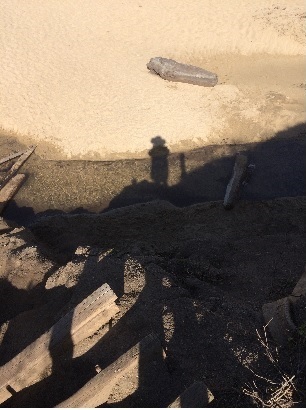
We take pills, potions and vitamins, get special pillows and now have beds that will tell us whether we have achieved that sought-after thing called a good night's sleep – eight uninterrupted hours. It's a multi-billion dollar industry but evidence is mounting that prior to the industrial revolution, we slept in two shifts with a period of activity between them. We can thank our pituitary gland that makes it a hypnotic time, a creative time.
In the pre-industrial past, it went like this: the "first" sleep started after dinner and sunset, which was close to 8 p.m. One slept about four hours, woke up at midnight and then spent two or three hours stoking the fire, playing music, making love, checking on food, telling stories, even visiting friends. Then, back to bed for the "second sleep" until dawn. In modern parlance, it's called segmented sleep. Read More








